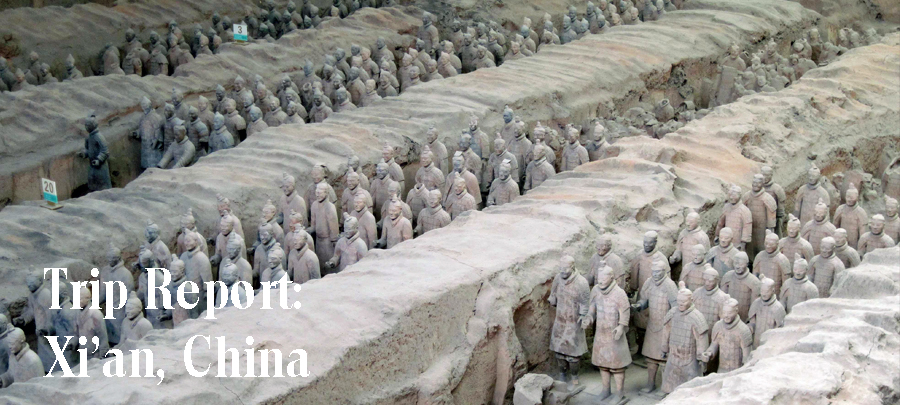 Another of our last-minute adventures before leaving China was a weekend in Xi’an to see the Terracotta Warriors. This amazing army of soldiers built by Emperor Qin Shi Huang, the first emperor of ‘unified’ China. (In fact, his name, pronounced Chin, is the reason China is called China.) Archaeologists estimate that the pit-palace complex contains more than 8000 individualized statues, as well as hundreds of chariots, horses and servant statues.
Another of our last-minute adventures before leaving China was a weekend in Xi’an to see the Terracotta Warriors. This amazing army of soldiers built by Emperor Qin Shi Huang, the first emperor of ‘unified’ China. (In fact, his name, pronounced Chin, is the reason China is called China.) Archaeologists estimate that the pit-palace complex contains more than 8000 individualized statues, as well as hundreds of chariots, horses and servant statues.
But Xi’an holds a lot more to see than just the Warriors.
Our first day in Xi’an was spent at the Great Mosque, one of the most famous mosques in China. Built in Chinese style, it’s very different from Middle Eastern or Indian mosques and looks more like a traditional Taoist temple.
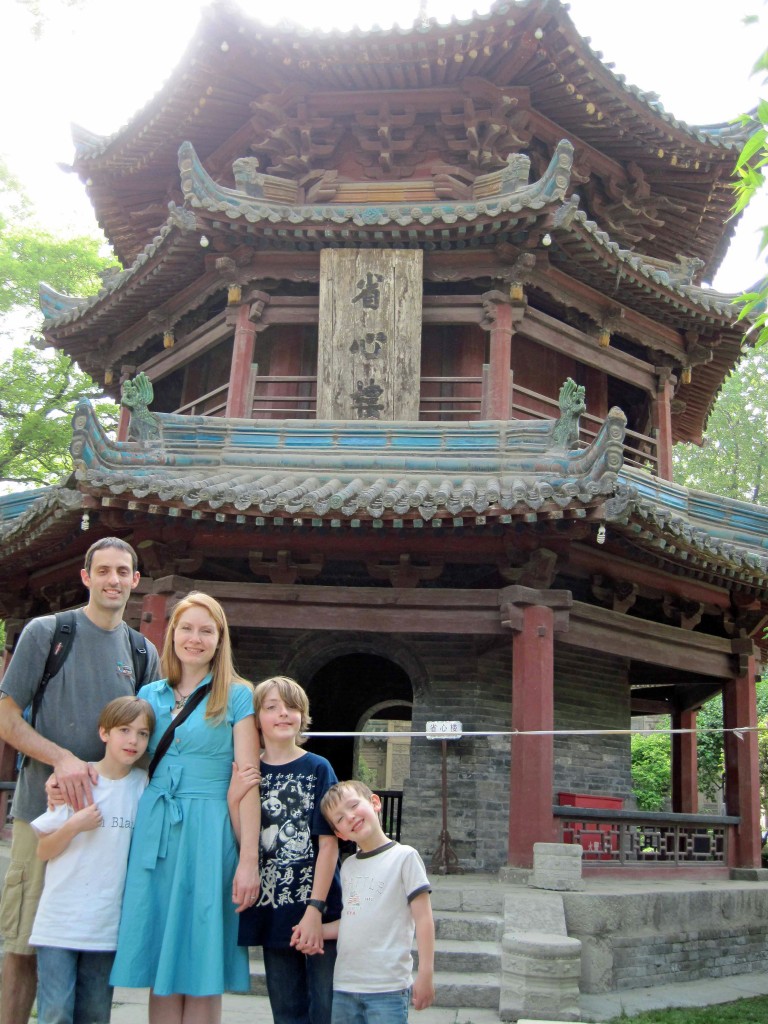 The mosque is over 1200 years old, though most of the major buildings were rebuilt during the last several hundred years. It’s still used for worship by Chinese Muslims (Ayi was very excited for us to see it) and the grounds and buildings are incredibly beautiful.
The mosque is over 1200 years old, though most of the major buildings were rebuilt during the last several hundred years. It’s still used for worship by Chinese Muslims (Ayi was very excited for us to see it) and the grounds and buildings are incredibly beautiful.
The mosque is in Xi’an’s ancient Muslim Quarter, and is surrounded by fascinating market streets selling everything from tourist junk to gold jewelry, clothes and religious artifacts. Our favorite stalls, though, were the food ones.
Living in China you see a lot of strange street foods, but this trip gave us a few new ones: Hawthorne-fruit-rollups the size of a kid’s head and my favorite, quail-eggs-on-a-stick.
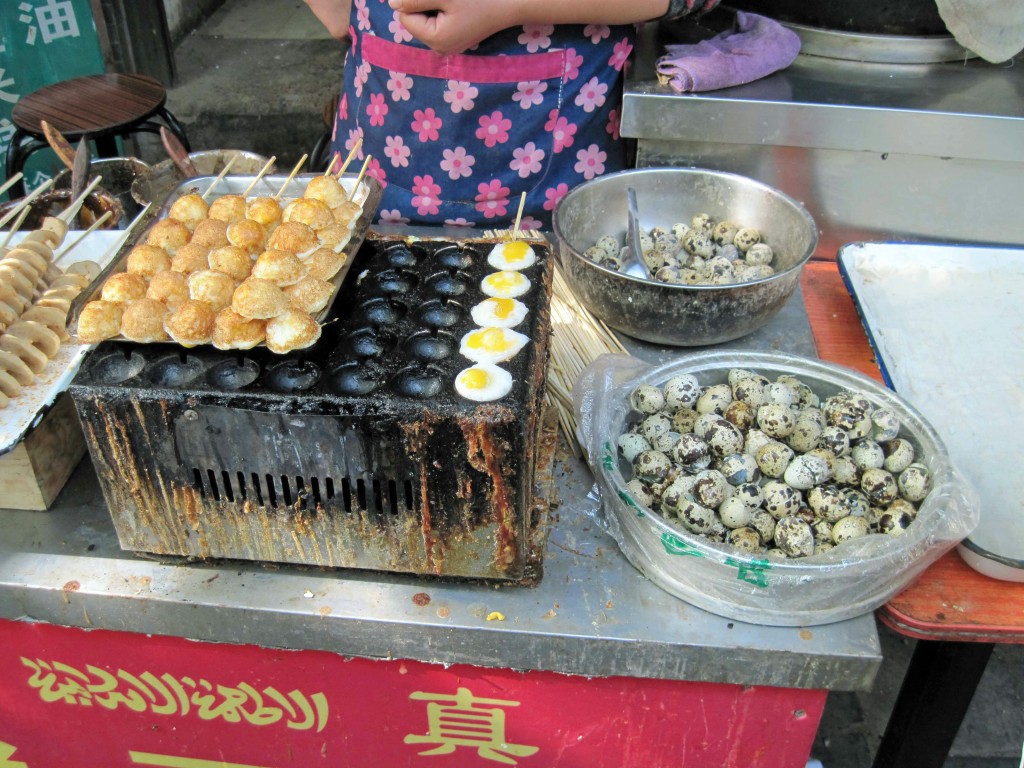 After a few hours wandering the market and a fantastic lunch in a hole-in-the-wall local restaurant (whose name I cannot remember, sadly) we headed off to see a local favorite, the fountains of the Dayan Pagoda. These “dancing fountains” are synced to music and are a huge draw for Chinese tourists, but we didn’t see many other foreigners. This meant, of course, that we became the attraction, but the boys sat patiently for several minutes of photos with strange children before we apologetically pulled them away to enjoy the show.
After a few hours wandering the market and a fantastic lunch in a hole-in-the-wall local restaurant (whose name I cannot remember, sadly) we headed off to see a local favorite, the fountains of the Dayan Pagoda. These “dancing fountains” are synced to music and are a huge draw for Chinese tourists, but we didn’t see many other foreigners. This meant, of course, that we became the attraction, but the boys sat patiently for several minutes of photos with strange children before we apologetically pulled them away to enjoy the show.
The kids absolutely loved this fairly cheesy water show, and we highly recommend a stop here if you are in Xi’an with kids.
The next morning was the main attraction, the Warriors!
The Terracotta Warriors are part of the Underground Palace of Emperor Qin. He had big plans for the afterlife, and his mausoleum is constructed on a mind-bogglingly grand scale. Only a tiny portion of the huge mausoleum has been excavated.
The warriors were discovered in the mid seventies by a group of farmers who were digging a well in a field. They uncovered a perfectly sculpted terracotta head, and informed their local government leaders, who eventually called in archaeologists. Though farmers had been digging up bits and pieces of sculptures for centuries, it wasn’t until the scientists did a full excavation that the full importance of the site was understood.
And on most days, you will be greeted at the entrance gates by the very farmer who first discovered the head. He is there signing copies of “his” book, in the “job” he was given by the Chinese government from the 80’s until the present day. He will sign your book, take a photo with you, and look very bored.
Even though we know this life was better than the grueling work of a Chinese peasant in the Xi’an fields, we still can’t help but feel bad for the poor guy, condemned to a life as a human museum exhibit.
After you pass through the gift shop and outer courtyards, there are several buildings in the warriors complex. Different pits housed different branches of the “army,” with foot soldiers, archers, chariot-drivers and officers all in different areas.
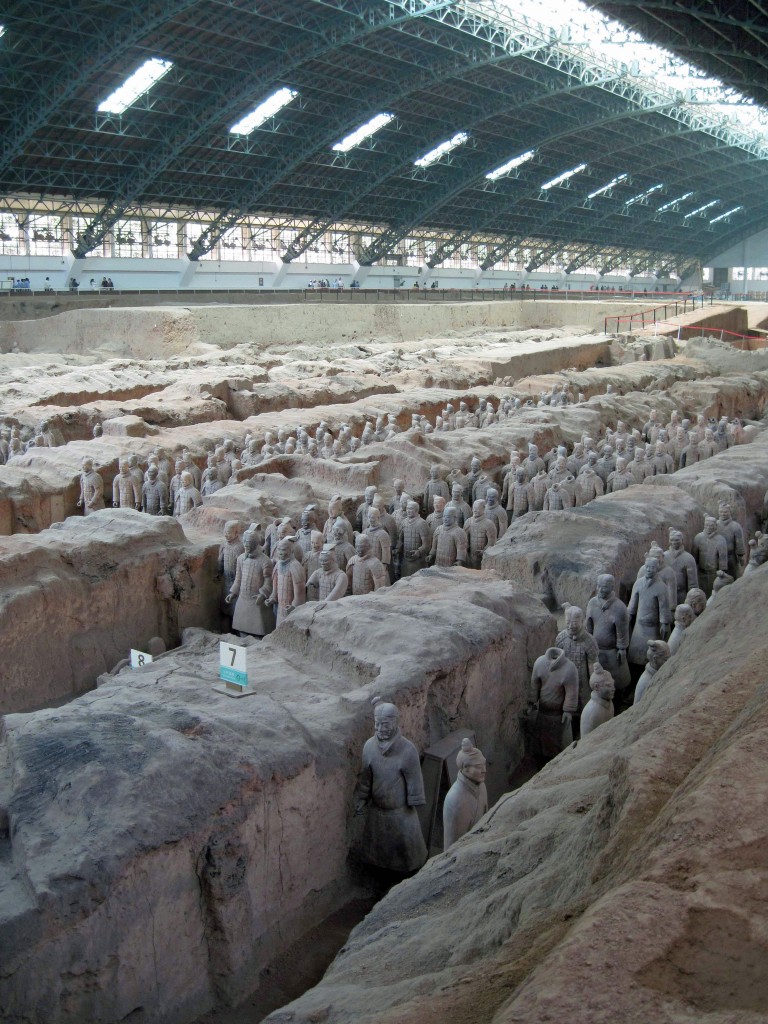 The largest hall is also the most staggering–thousands of soldiers stand in long lines, each one individually sculpted and perhaps made to resemble a real-life member of Qin’s army. Even the tread on the bottom of their shoes was faithfully recreated. The amount of time and artistry expended on one man’s arrogance is astonishing, even to those used to such egotism.
The largest hall is also the most staggering–thousands of soldiers stand in long lines, each one individually sculpted and perhaps made to resemble a real-life member of Qin’s army. Even the tread on the bottom of their shoes was faithfully recreated. The amount of time and artistry expended on one man’s arrogance is astonishing, even to those used to such egotism.
Also interesting was seeing what the statues actually looked like upon discovery. The standing rows have all been painstakingly restored, but when found the warriors were nearly all smashed and broken, a jig-saw puzzle of heads and limbs covering the floor of each section.
Part of this destruction was natural, from falling ceilings and other consequences of time, but most of it was deliberate. After the emperor’s death, there was an uprising among the workers who created his palace-mausoleum, and many of the peasants took their revenge on the hated king by smashing his army and destroying his life’s work. There was a huge battle, and in one of my favorite moments of historical irony, the workers were successful mostly because they stole their weapons — real and sharp swords, spears and knives — from the statues they had created. Emperor Qin’s terracotta army was literally used as a weapon against his own guards.
We spent many hours exploring all the sections of the warriors complex, and Cletus decided to spend a bit of his own money on a souvenir photo with some reproduction warriors provided for such photo ops.
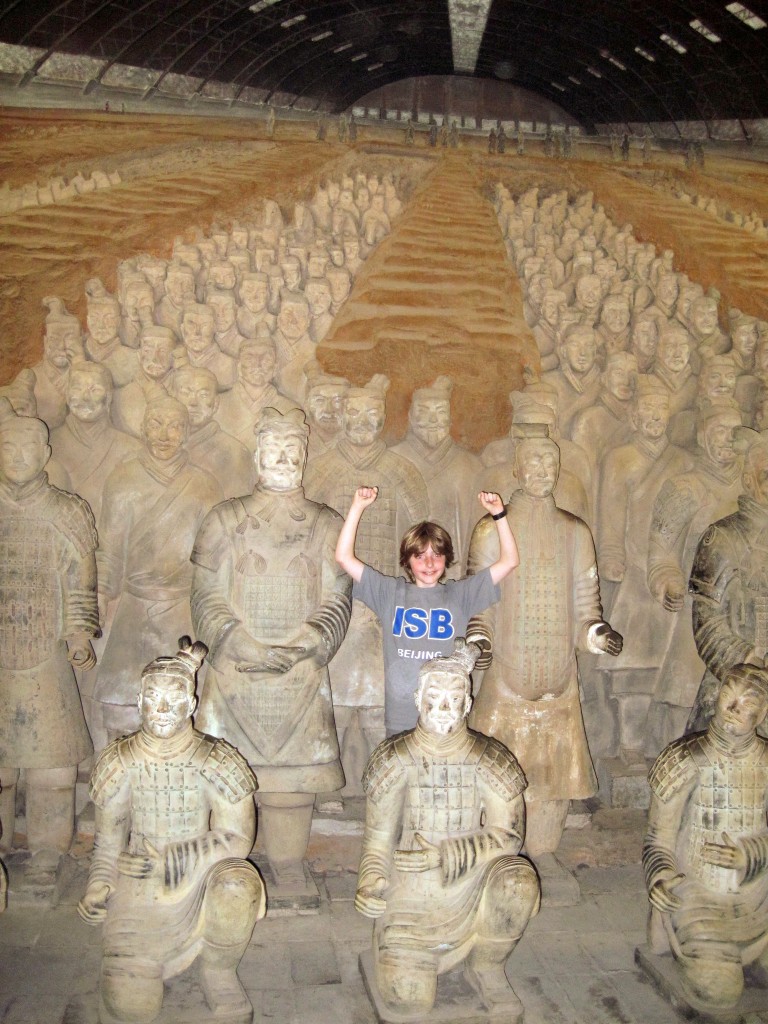 After we finished with everything the site had to offer, we traveled a few miles to the Banpo Village site, a neolithic settlement excavated by Chinese archaeologists twenty years before the discovery of the warriors.
After we finished with everything the site had to offer, we traveled a few miles to the Banpo Village site, a neolithic settlement excavated by Chinese archaeologists twenty years before the discovery of the warriors.
This site was home to the first settlements along the Banpo river, and has fascinating exhibits showing the actual dig sites and some well-done reconstructions of the area as it appeared 6,500 years ago.
Homes, graves, religious artifacts and evidence of warring between neighboring tribes give a wonderful and compelling picture of what it would have been like to live in the region so many millennia ago, and the kids were especially interested in the skeletons (of course) preserved in the tar-pit-like bogs along the river and the semi-ghoulish details about death customs revealed in the excavations. Highly recommended.
Our final day in Xi’an was spent biking around the City Wall, an experience that is deeply touristy and still deeply satisfying. At any of the guard towers on the wall which surrounds the city, you can rent bicycles by the hour or the journey. The wide, smooth surfaces of the wall make for an easy ride, though the sun can get hot by midday, and vendors selling snacks and ice cream (of course) all along the ride make it easy to keep kids happy with lots of short breaks. You can ride for as long or as short as you’d like, and the opportunity makes a great photo op.
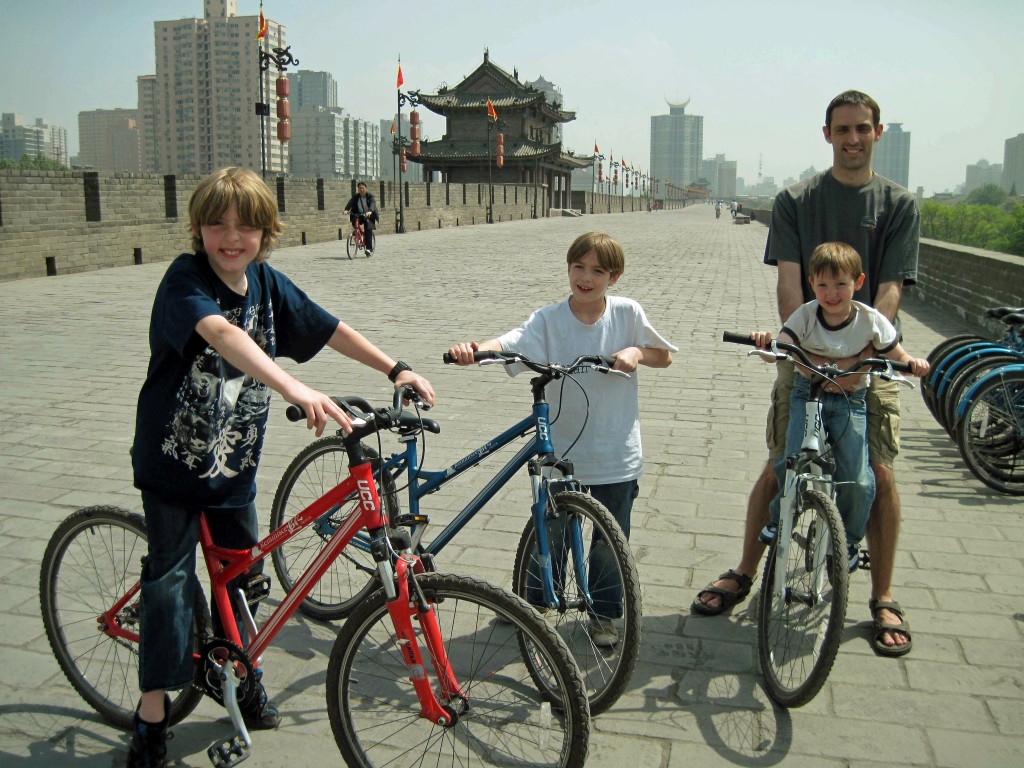 However, the bikes don’t come with Western-style child seats, and the traditional wicker-basket arrangement used by most Chinese parents will probably strike foreign tourists as alarming and unsafe. There are also few-to-no child-sized bikes, so if your kids are too small to ride by themselves, you may have to take a pass or swap out adults while one stays with the little ones.
However, the bikes don’t come with Western-style child seats, and the traditional wicker-basket arrangement used by most Chinese parents will probably strike foreign tourists as alarming and unsafe. There are also few-to-no child-sized bikes, so if your kids are too small to ride by themselves, you may have to take a pass or swap out adults while one stays with the little ones.
There’s plenty to do and see near the wall for those waiting. The drum and bell tower is surrounded by both ancient and reproduction defensive weapons, including cannons, catapults and other things sure to delight waiting kids. And locals gather near the wall for exercise, card games and music practice, making the area an excellent base for people-watching as well.
And even if biking the wall isn’t your thing, make sure to make the climb up just for the view out over the “old” city. These hutongs probably won’t last much longer, and soon the view may be just another skyline of skyscrapers and shopping centers.
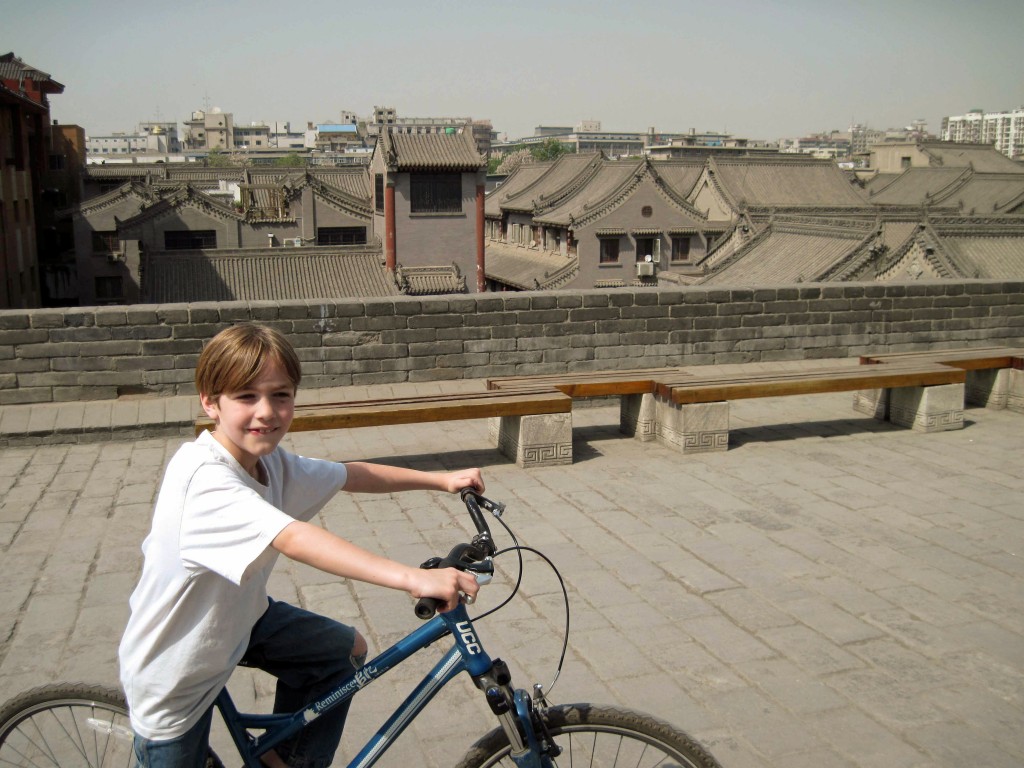 If you’re visiting China, I absolutely recommend adding Xi’an to your itinerary. Just a few days in this ancient capital can give you amazing memories and some of the best pictures you’ll take in the country.
If you’re visiting China, I absolutely recommend adding Xi’an to your itinerary. Just a few days in this ancient capital can give you amazing memories and some of the best pictures you’ll take in the country.
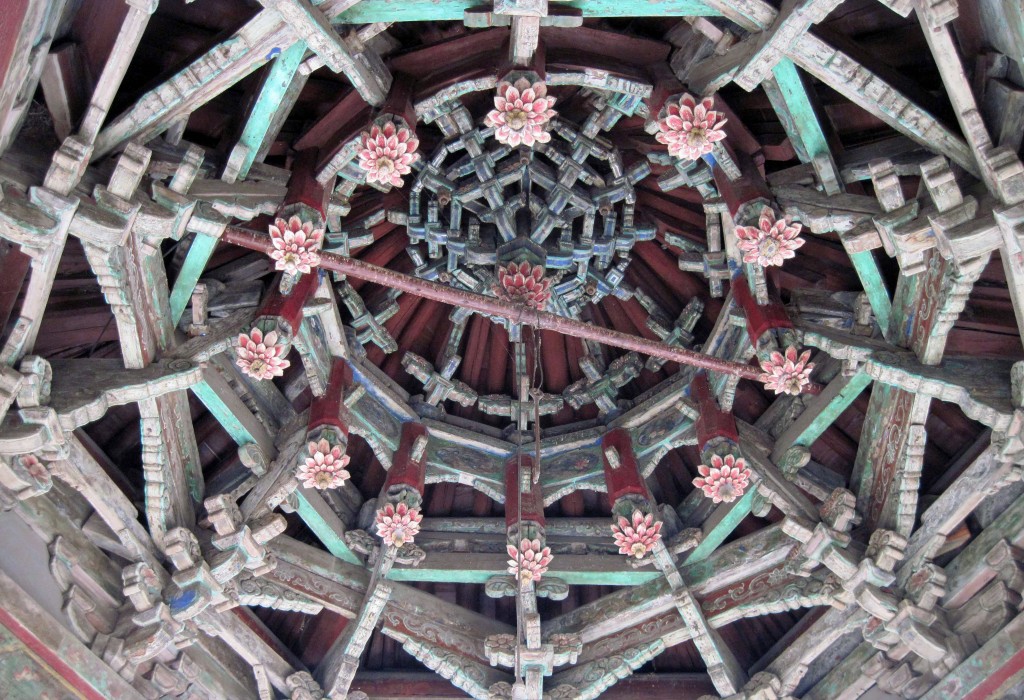
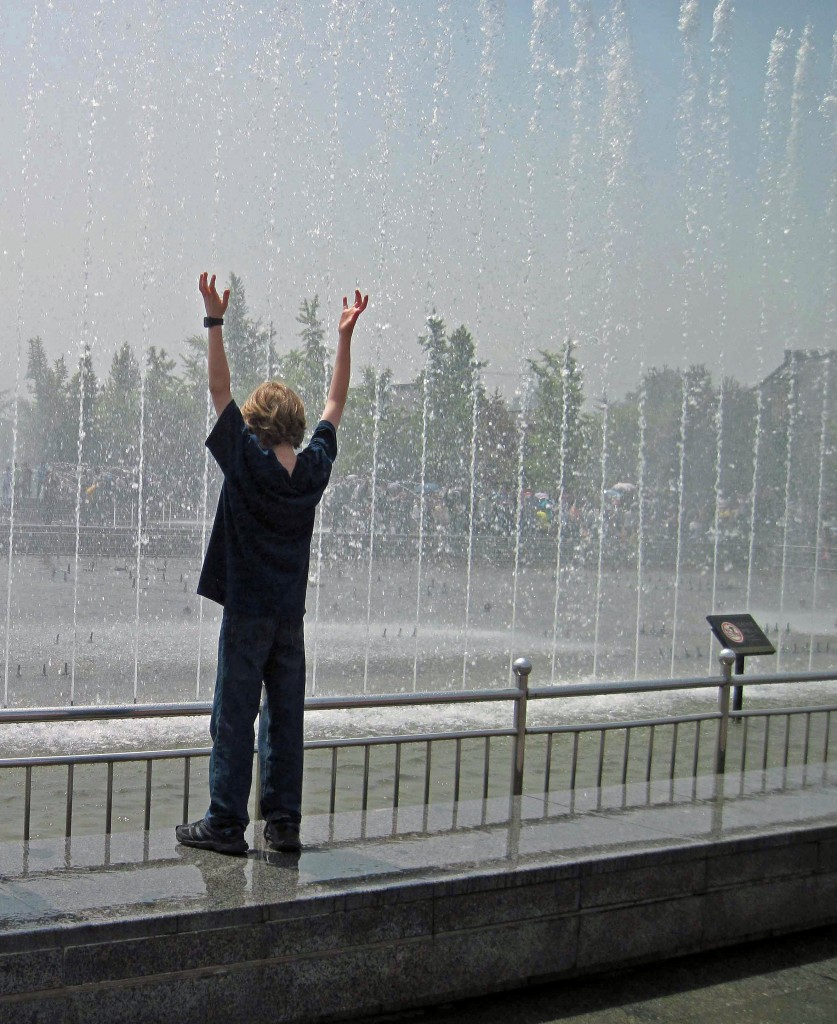
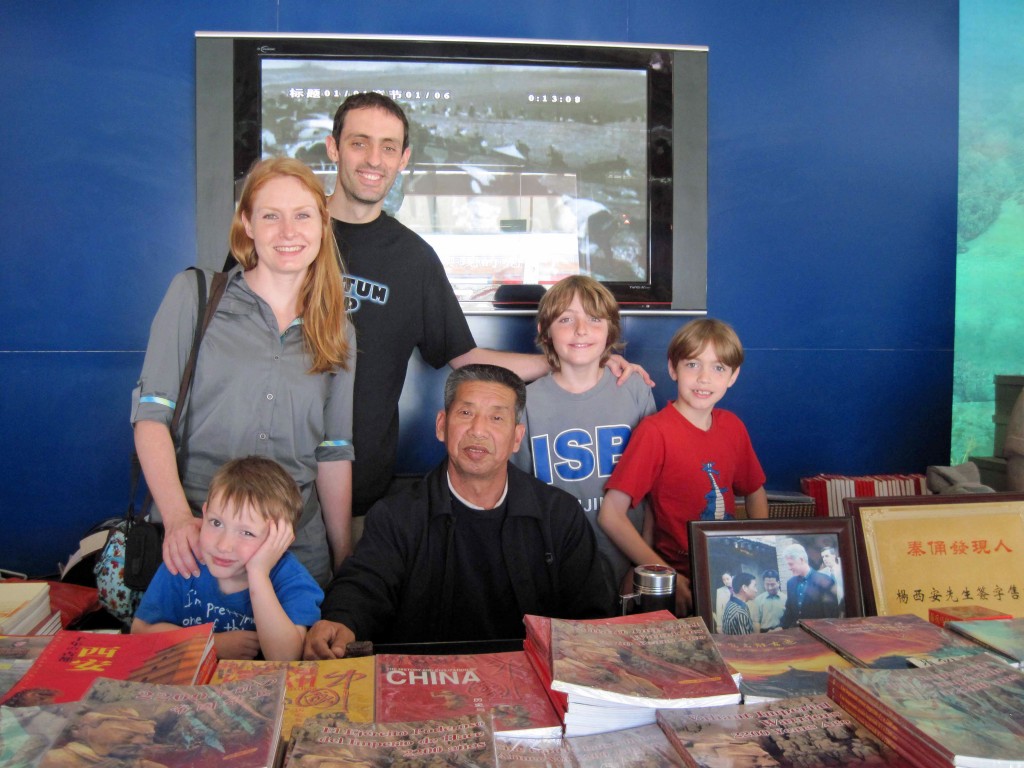
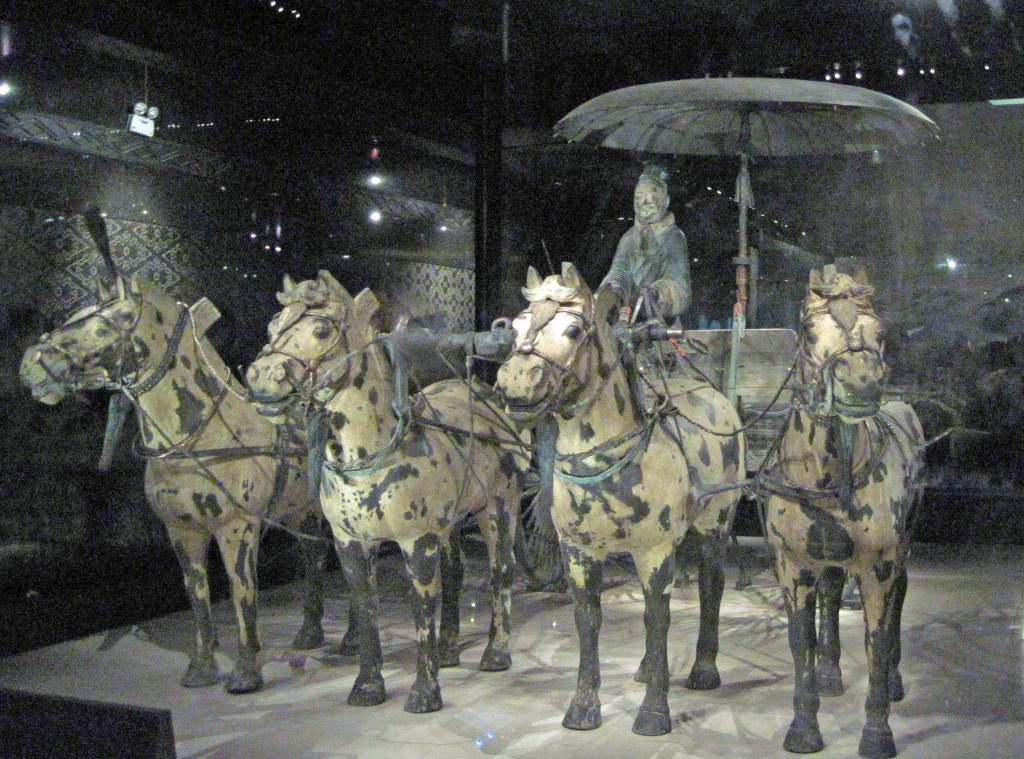
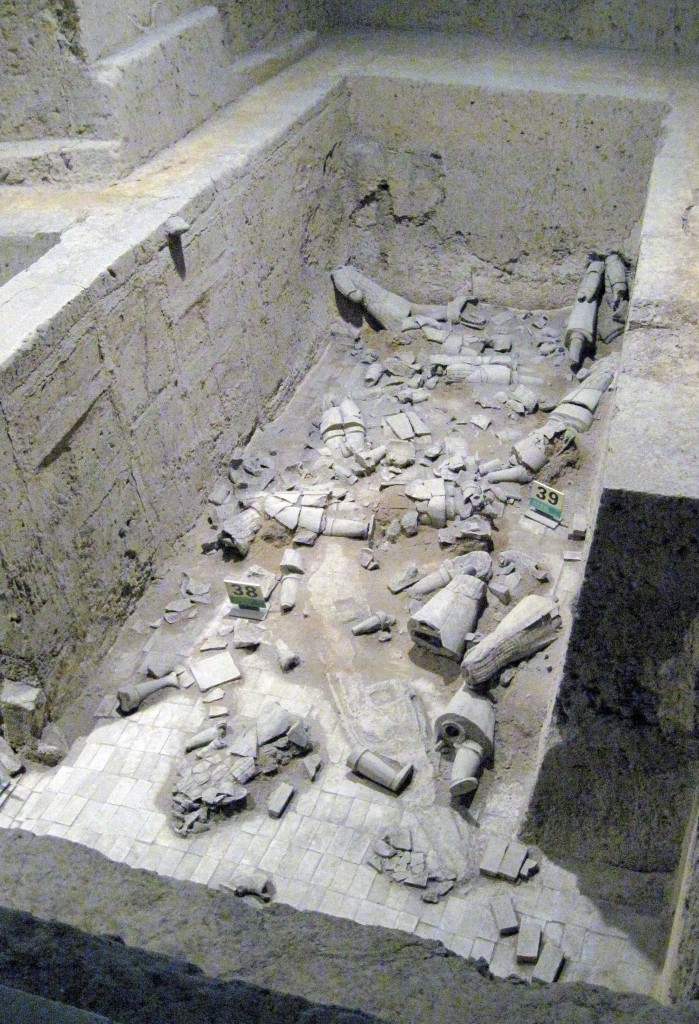
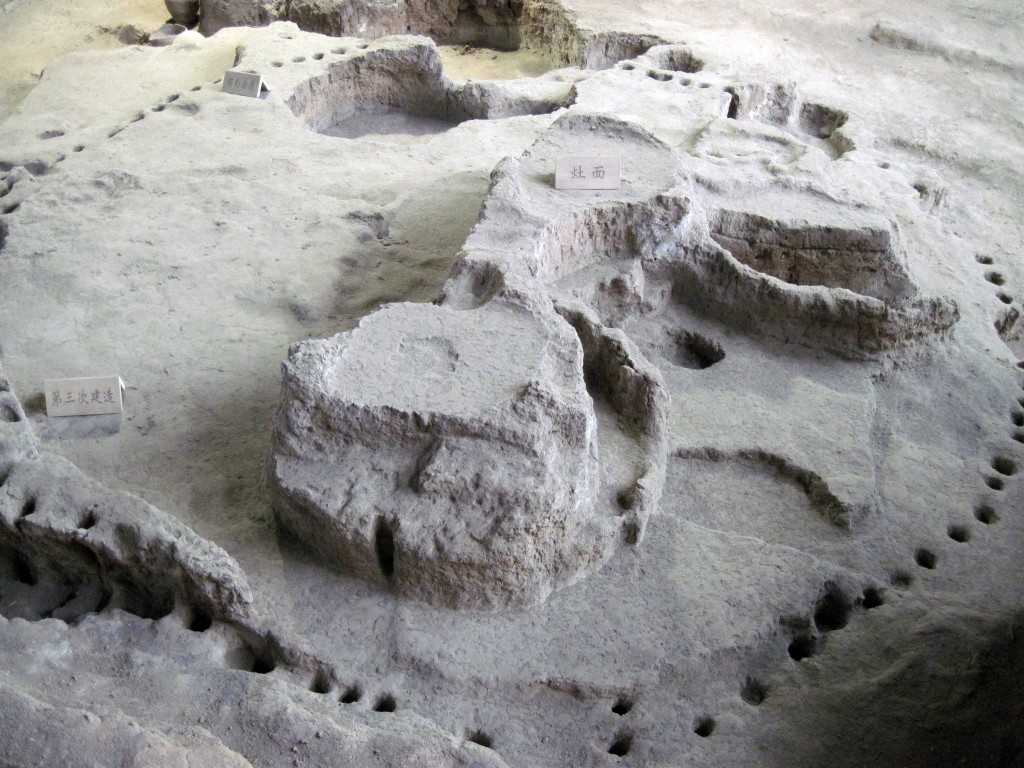
Thanks for your travel posts! I am planning a trip with my 3 kids too – in one month. Just to clarify, what did you do with your littlest guy when cycling? The wicker basket choice – is that the child sits in the basket up front? I read there are tandem bicycles, but wasn’t sure that would work for a 6 yr old.
Our youngest was 4, so he was too big for the basket and too small to ride on his own. We just sent one parent with the older kids while the other parent stayed with him, and then switched off. (This is what we usually did during vacation biking activities in China, since kid seats are rarely available on rental bikes.) It worked okay because there’s plenty of stuff to do to keep you occupied at the bell tower.